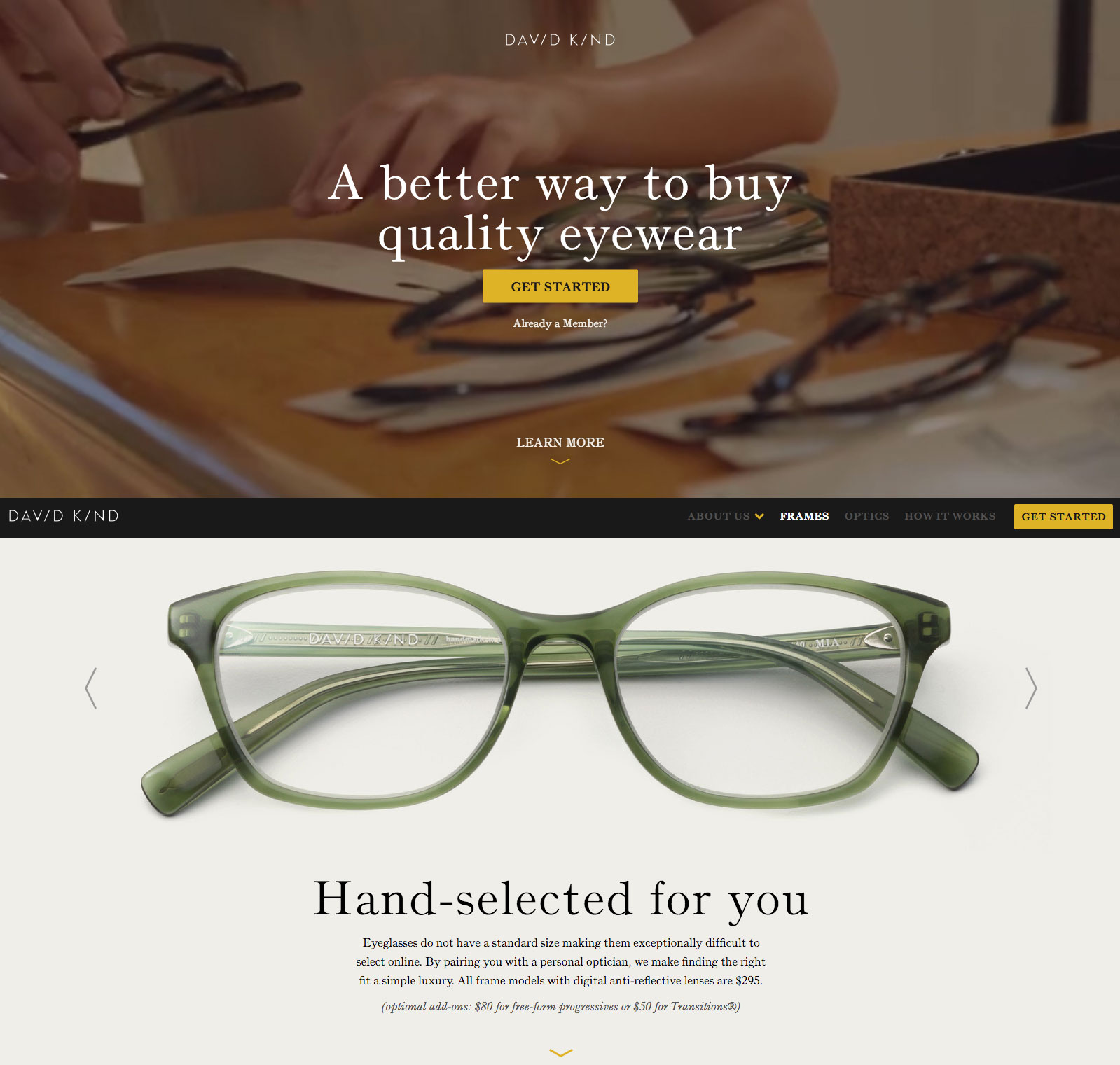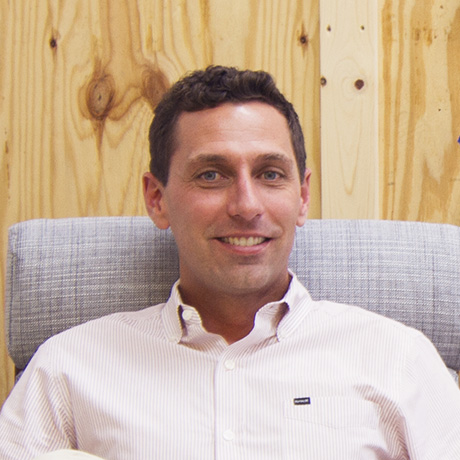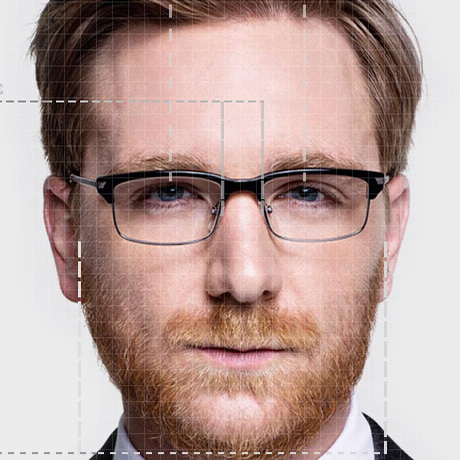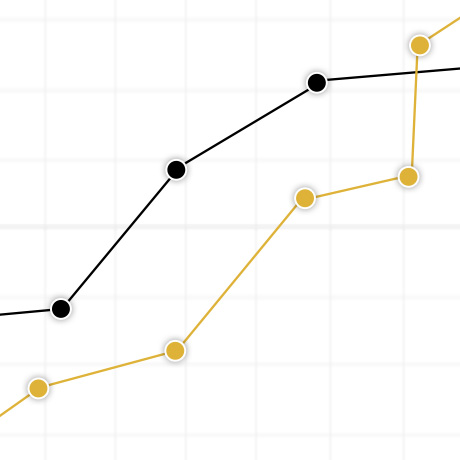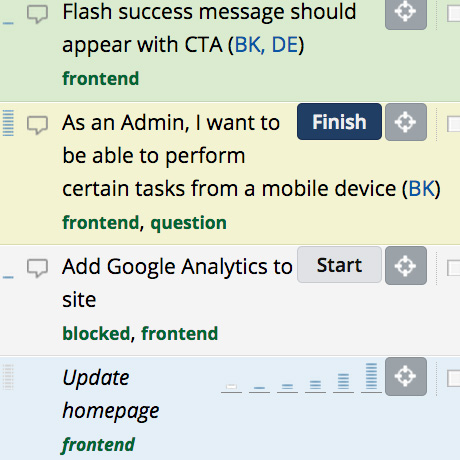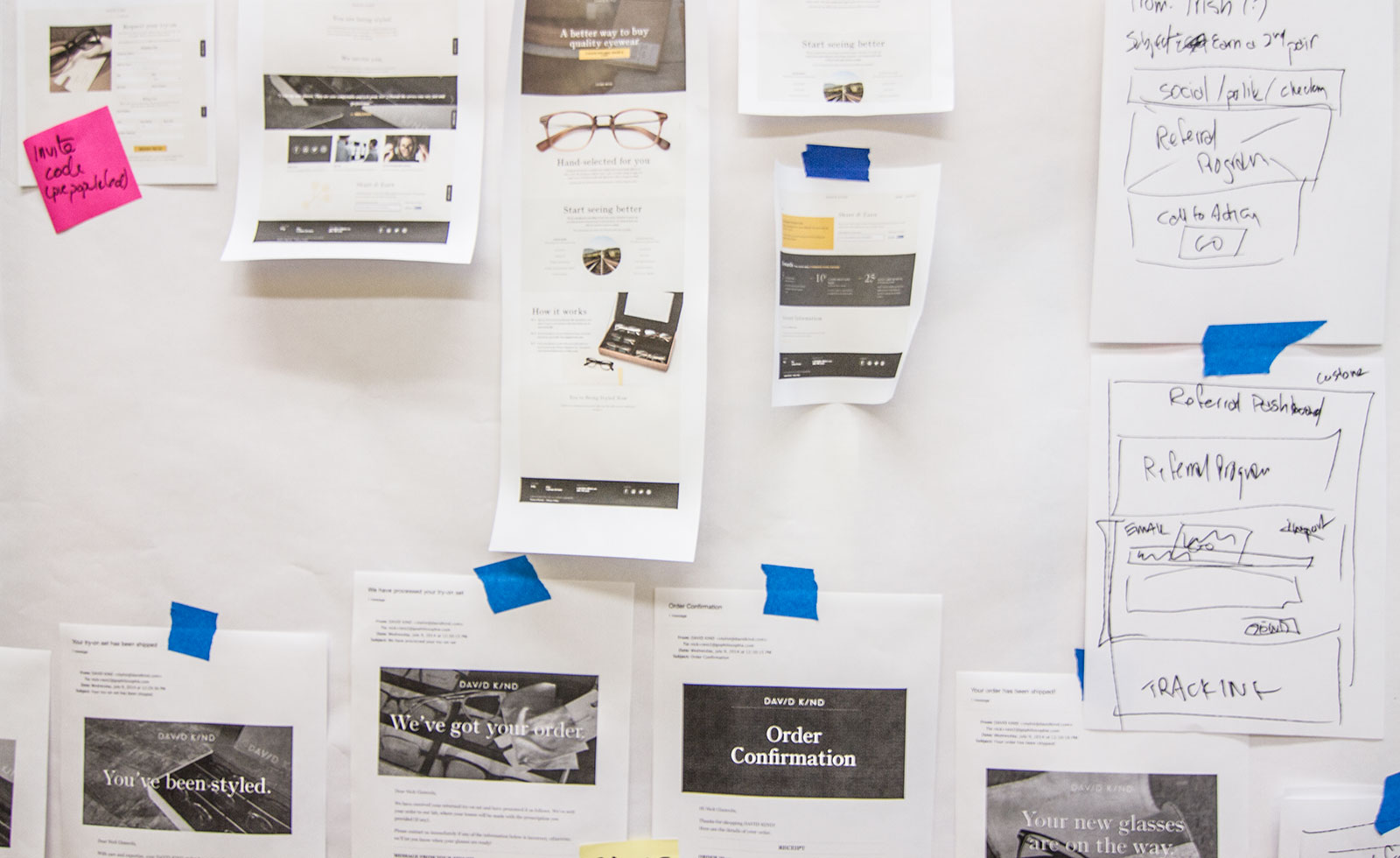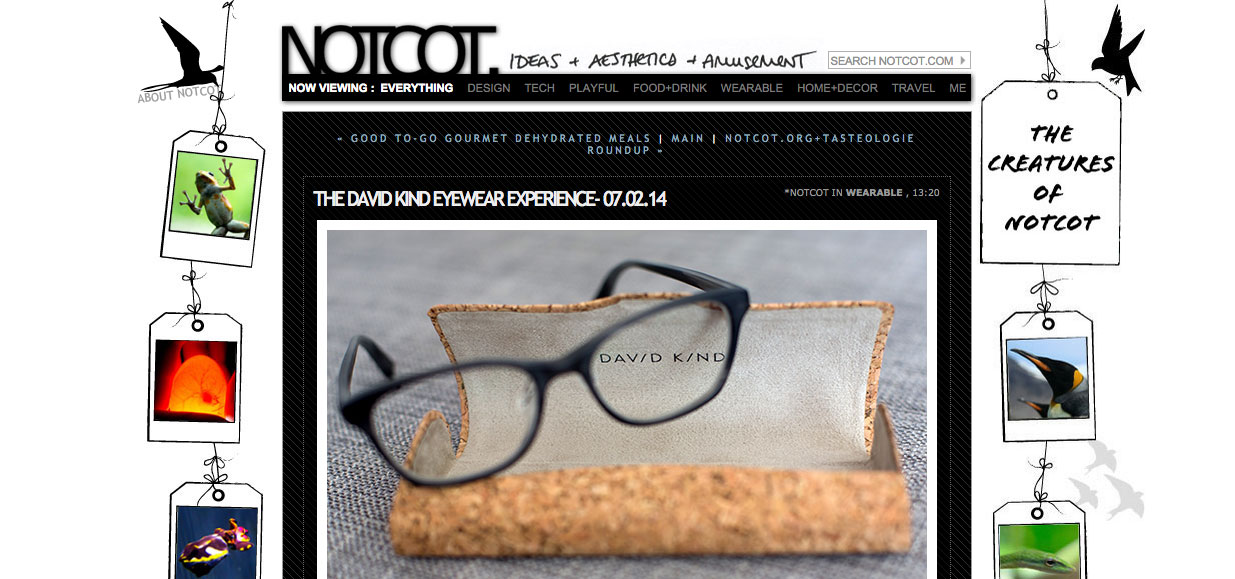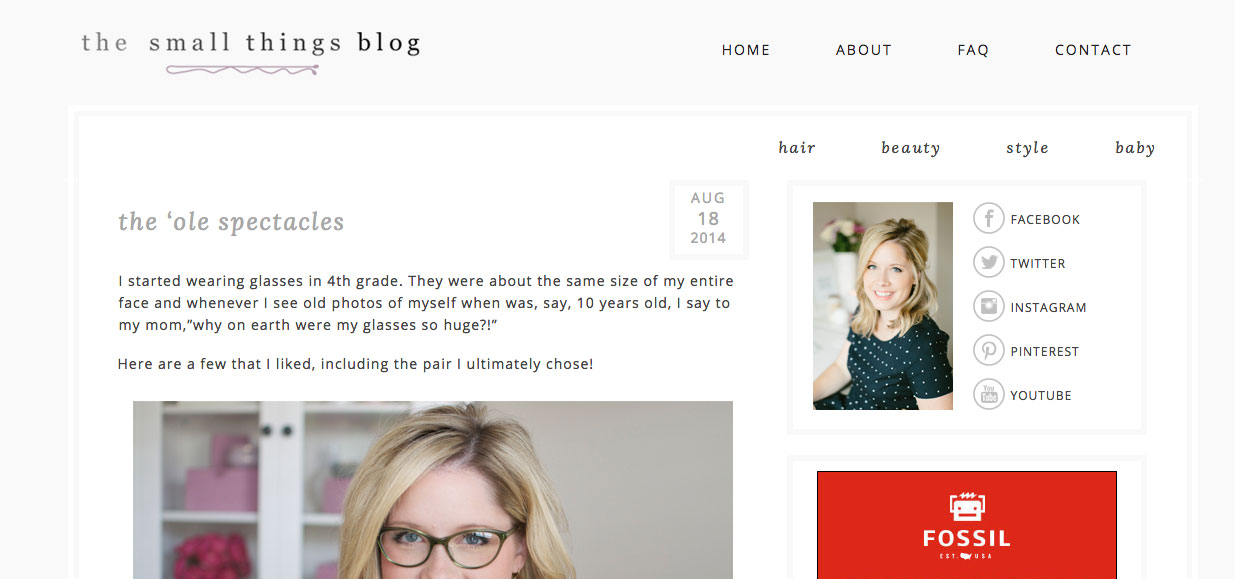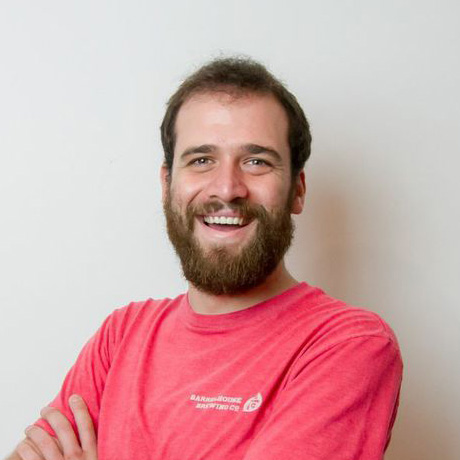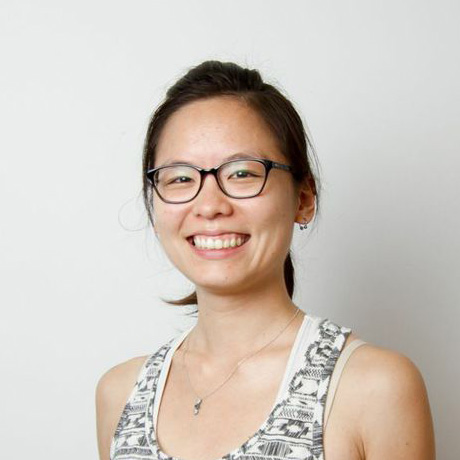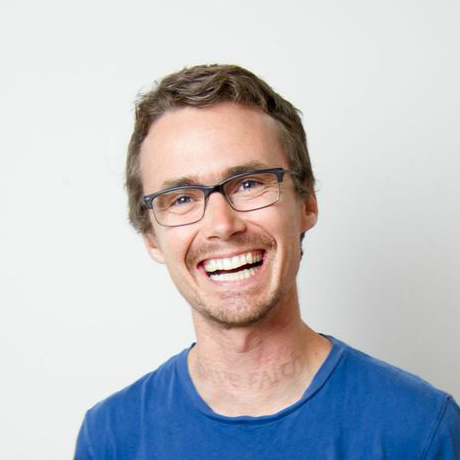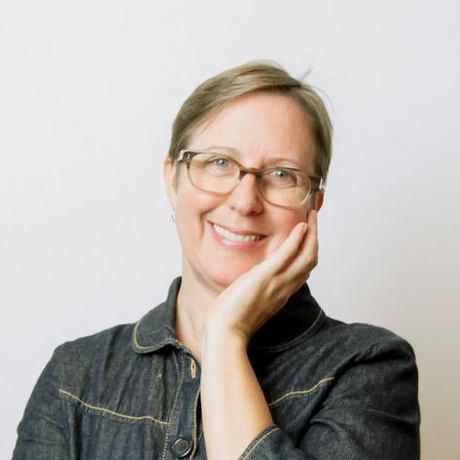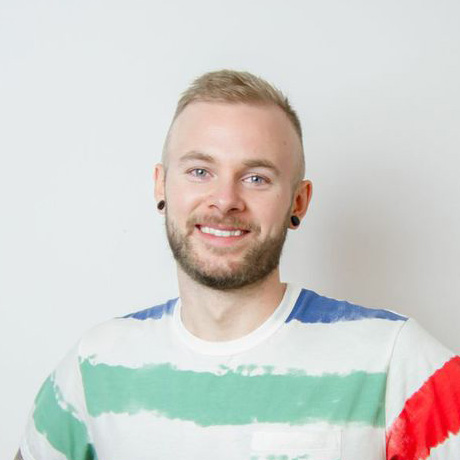Proving the Concept
When we sat down with Dave for the first time, we both thought that we would be discussing an e-commerce website. However, by the end of the meeting, we concluded that the right place to start was with custom software to support the unique service aspect of his business. In four weeks, we prototyped a styling and order fulfillment system. It wasn't pretty, but it didn't need to be — as a proof of concept, it helped him secure capital and begin to run trials with customers, using Facebook to acquire and style initial users.
When I showed the first prototype to people and saw how they responded — [that] was the most exciting part for me. People just got the David Kind concept and how the platform worked. To see early adopters’ faces on social media was amazing.Dave Barton
Once we had created the foundation for the business, we turned our efforts to customer acquisition. Over the next several months, we experimented with value propositions, imagery, and colors to create a landing page that represented the brand and appealed to the right users.
